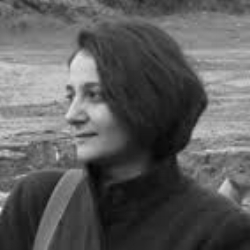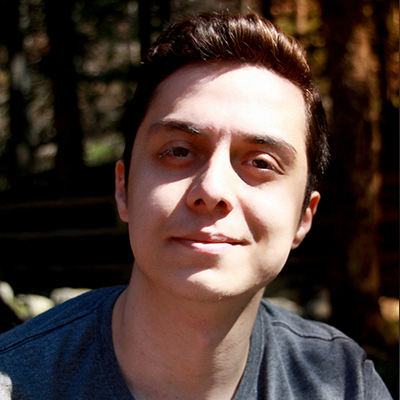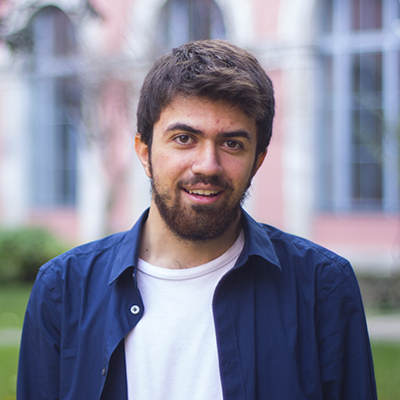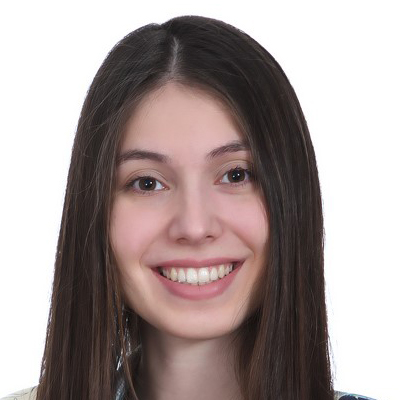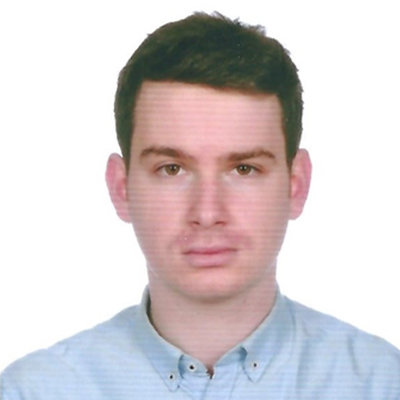MBL 609E Theory and Methods of Shape Computation in Design
2020-2021 Fall
The course introduces graduate students to notions of part-whole relations of shapes, part detection problems in shapes, shape rules, labels, and weights through seminal texts on the theory and implementation of shape computation. This semester, students also completed small exercises with shapes using the Interpreter. Its developer and shape grammarist Professor Andrew Li (KIT) was a regular guest and discussant. As a term project, students devised and tackled different research problems in shape computation. The exhibition offers a synopsis of each.
Eyes on Islamic Geometric Patterns
Islamic geometric patterns on buildings’ facades, columns, and interiors, as well as on artefacts and textiles appeal to our perception and fascinate us on first encounters. As these patterns are digitally drawn and produced, some sensual characteristics are lost. Through observations of eye movements, i.e. microsaccades, in an experimental setup, this study is trying to establish a link between shape features and perception and to capture how these representations of the geometric patterns affect our perception.
Revealing and Transferring Knowledge Through Digital And Physical Making Processes
This paper investigates the revelation and transformation of knowledge by doing in digital and physical environments with a rule-based design approach. It looks at the comparative cases of pattern production by drawing with lines with shape rules and generating lines by paper folding with making rules. The experimental setup implicates digital and physical doing-sensing and creates a chain of knowledge transformation.
Re-examining the Concept of Movement in Lotte Reiniger’s Silhouette Animations from the Perspective of Shape Computation
The aim of the project is to enhance the perceptibility of movements in the example of Lotte Reiniger’s animations through a computational perspective. In the proposed framework, perceived movement is achieved with distancing the translucent layers and exploring the shapes emerging from overlapping shadows with different weights.
Unseeing a Toolpath: Reinterpretation of Knotting Grammars for Digital Fabrication Tools
This study investigates manual and digital making by way of translating the knotting grammars to motion grammars. Cem created a knotting simulation with sequential motions and evaluated the process in terms of performative and temporal qualities. This work targets the differences and similarities between making grammars and motion grammars for digital fabrication.
Visually Computing Self-Organizing Entities
Self organizing entities can be developed in virtual environments, and used to reshape their environments. Robots enable fabrication on site, but rely heavily on static g-code. Demircan proposes a method for making which modifies the environment based on one-rule shape grammars. This preliminary work is applied in SortalGI shape grammar interpreter in a two dimensional environment with line segments. results consist of self organizing rules based on random iteration.
Geometric Decomposition of Topkapı Scrolls Panels with Girih Tiles
One of the methods that master builders used for Islamic pattern design is called “Polygons in Contact” today. We see the application of this method in the historical document Topkapı Scrolls. The method is a combination of different polygons with patterns, and removing the traces allows endless variety. In this study, Erenalp aimed to produce pattern variations using shape rules and to define new rules for emergent shapes.
Unseeing Klee: A Computational Process
Nur proposes “unseeing” as the umbrella of conscious acts and unconscious states for seeing more than the shapes we are used to seeing. She focuses on her own experience of unseeing Paul Klee in a selection of four of his works. Through an exercise of documenting the shape rules, she aims to unfold the shape computation process of unseeing.
Rationalization of Material Behaviour by Making Grammars: The Effect of Texture on Wood Carving
The texture of timber can be used as a design aspect in engraving a pattern. One may obtain different results by carving the same pattern on various types of timber. The aim of the project is to offer a shape computational method to understand and formulate the effect of the wood texture for carving in order to guide design processes.
Explicit Reasoning in Basic Design through Shape Grammars
Learning how to design as reasoning is an important learning outcome expected in the first year of architecture education. In this context, Shape Grammar theory offers a unique opportunity as a tool of explicit reasoning. Selen explores the potentials of using Shape Grammars in basic design education by visualizing a set of basic design exercises in a retrospective analysis of student works.
A Review of Representation Methods in Making Grammars
This study reviews seven different studies on making grammars in terms of the aspects of making that they represent and how they represent them. Sevgi discusses how much information is lost in each to make sense of which representations are more comprehensive for certain conditions and of the motivations behind the preferences of methods.
Contributors
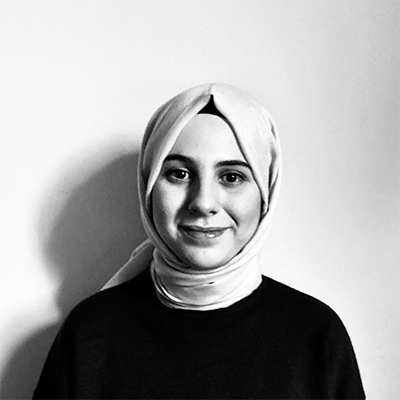
Meryem Yabanigül
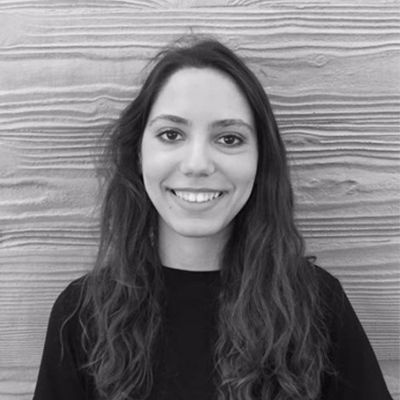
Nur Sipahioğlu
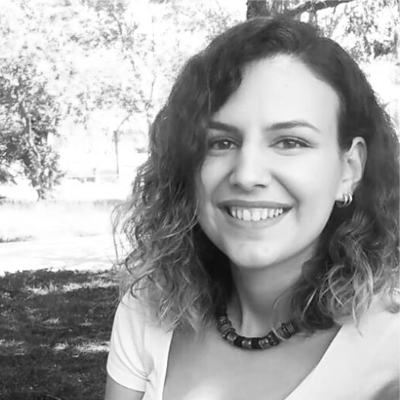
Pelin Arman
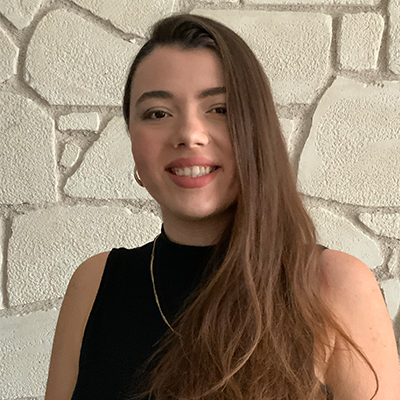
Selen Çiçek
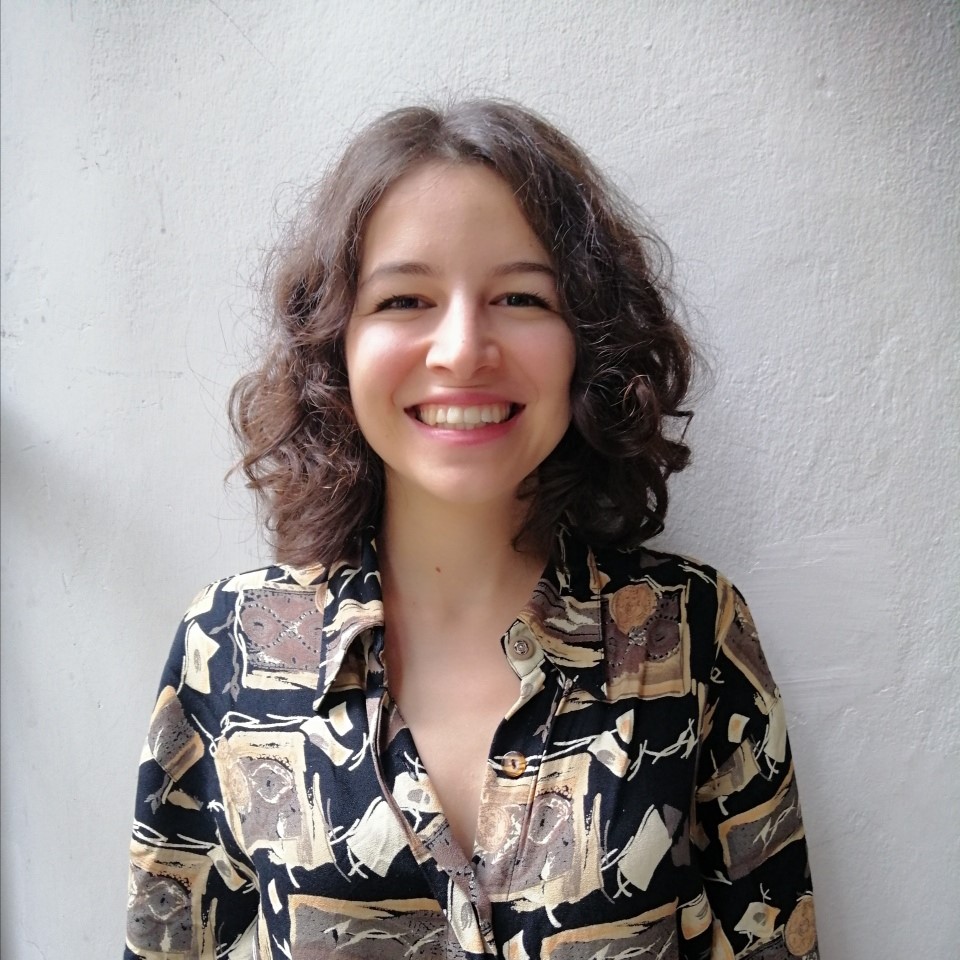
Sevgi Altun
© 2021 Istanbul Technical University Graduate School, Department of Informatics, Architectural Design Computing Programme. All Rights Reserved
Copyright © Architectural Design Computing Graduate Program of Istanbul Technical University, Graduate School, Department of Informatics, 2021. No part of this site, [mbi.itu.edu.tr], may be reproduced in whole or in part in any manner without the permission of the copyright owner.
